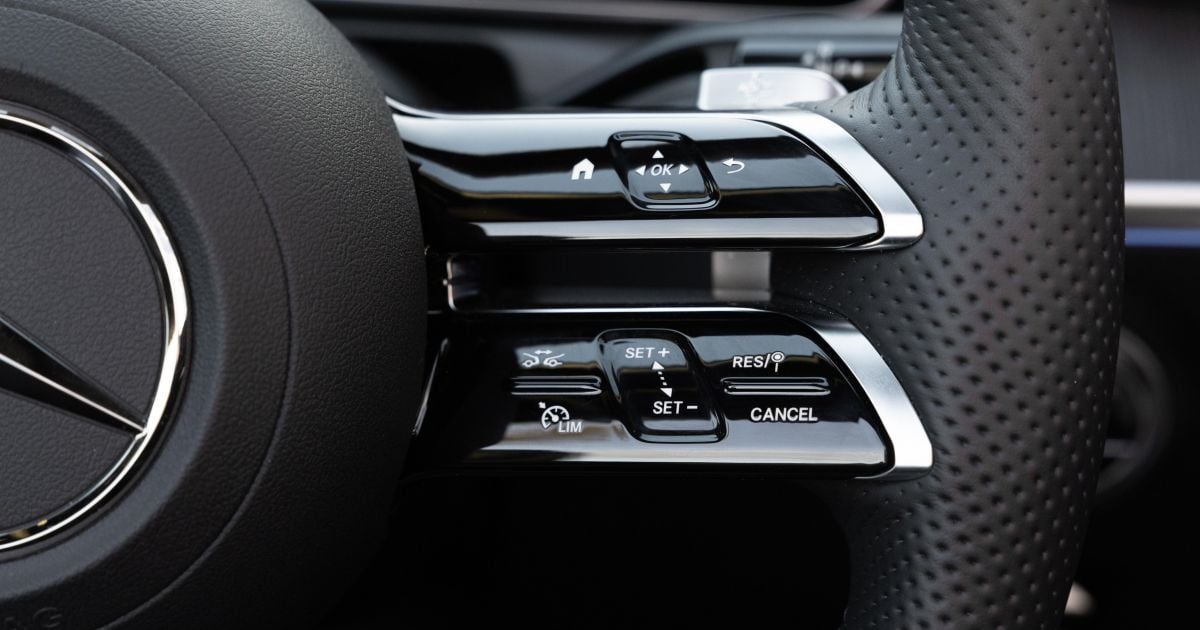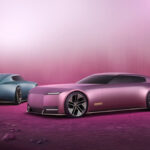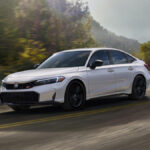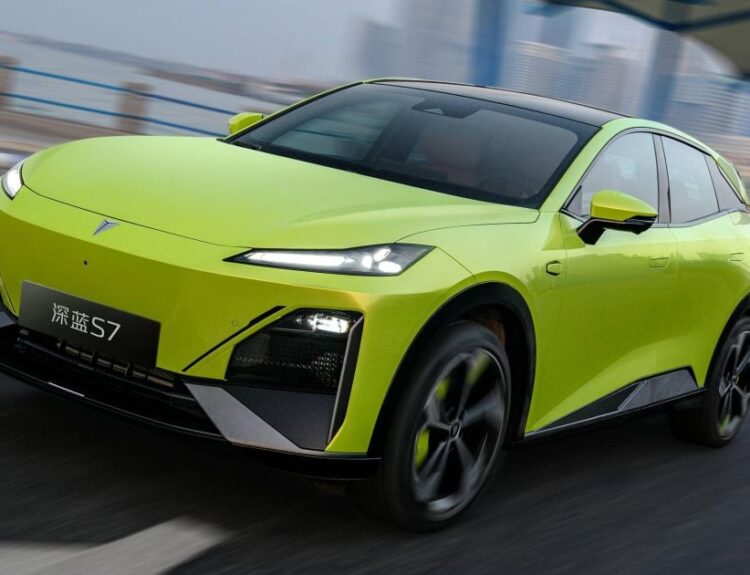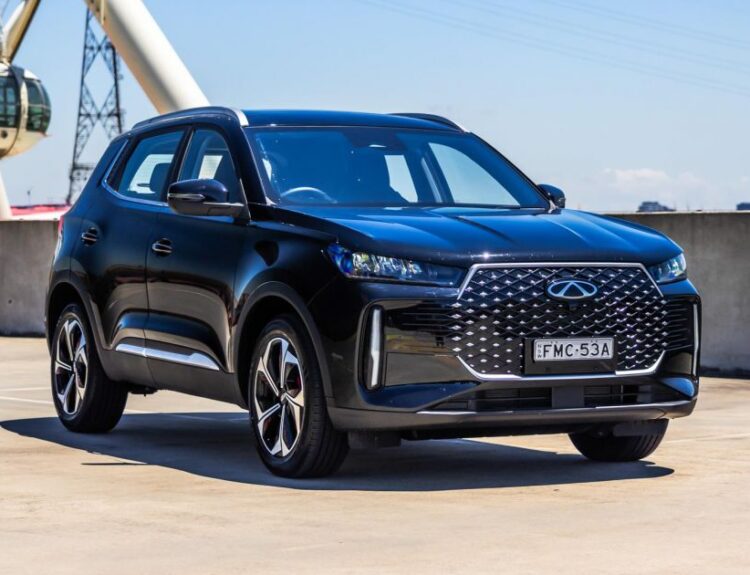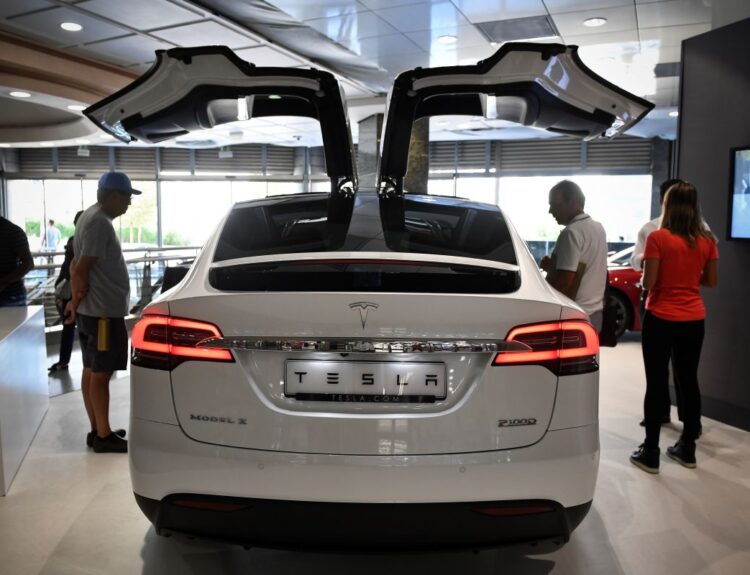Automotive Trends We Hope to Leave Behind in 2024
As trends in the automotive industry ebb and flow, manufacturers often find themselves caught between imitation and bold innovation. This dynamic can yield trends that frustrate both consumers and automotive journalists alike. Here are several such trends that, according to the CarExpert team, should be left behind as we enter 2024.
William Stopford: Mispricing Products From the Get-Go
In a free market, it’s perfectly acceptable for companies to adjust prices based on consumer demand. However, the frequency with which automakers—particularly in the electric vehicle sector—implement significant price reductions shortly after launch can be disheartening. When early adopters, often loyal customers, find themselves paying a premium, only to see prices slashed for later buyers, it creates feelings of resentment. Carmakers must get pricing right from the outset. Before setting a price that exceeds established competitors like the Tesla Model Y, they should carefully consider whether potential buyers will find the steep price tag justifiable.
Jordan Mulach: Provisional Drivers and Overly Loud Exhausts
While annoying safety features may not classify as a trend per se, some manufacturers have taken things too far in their attempts to meet diverse international standards, resulting in a less-than-pleasant driving experience. Among those aggravating elements, the phenomenon of provisional drivers outfitting their vehicles with excessively loud exhaust systems stands out. While understandable given limited performance options, the cacophony that accompanies vehicles like a straight-piped Commodore is less than enjoyable for all on the road. We also need to address the unwelcome "pop and crackle" sounds emitted by modified four-cylinder engines.
Marton Pettendy: Overzealous Driver Assistance Systems
Intended to enhance safety, many advanced driver assistance systems (ADAS) can sometimes backfire, ironically complicating driving rather than simplifying it. Some lane monitoring technologies, particularly in certain Chinese models, suffer from poor calibration, turning a routine drive into a nerve-wracking experience, especially for less confident motorists. While some manufacturers, such as GWM, are beginning to address these calibration issues for Australian road conditions, it’s crucial to call out those who treat our roads as testing grounds for unrefined technologies. Moreover, the incessant beeping from attention monitoring systems is a distraction that defeats its intended purpose.
Jack Quick: The Myriad of Full-Width Light Bars
The automotive landscape is awash with vehicles featuring full-width LED light bars adorning both the front and rear. Initially an exciting design element, this trend has now started to feel stale and derivative. Although some brands have introduced creative animations for unlocking and locking, it doesn’t mask the fatigue associated with this design choice. We invite manufacturers, especially emerging Chinese automakers, to break free from this formulaic approach and explore innovative lighting designs that can redefine aesthetics in the automotive space.
Josh Nevett: Unsafe Safety Mechanisms
As vital as road safety is, today’s approach to advanced driver assistance systems is trending towards perilous territory. The rise in half-baked ADAS technologies is exposing new car buyers to unexpected challenges. Many vehicles now come equipped with driver monitoring systems that are more distracting than helpful, while traffic sign recognition systems continue to disappoint. Effective safety systems could significantly enhance road safety, but automakers and regulatory bodies must approach their rollouts with more nuance than mere checkbox compliance.
Max Davies: The Frustrations of Touchscreen-Only Interiors
One of the most recurring grievances with modern vehicles is the prevalence of touchscreen-only interfaces, which are impractical at best. While the intention might be to streamline designs and cut costs, they often lead to complicated navigations for essential functions. Finding controls for climate adjustments on a screen can take as long as unlocking a smartphone and locating the necessary app. This added distraction is counterproductive. Physical buttons foster better usability and allow for quicker, safer access without taking one’s attention off the road.
Paul Maric: The Unpopularity of Piano Black Finishes
Once a fashionable choice, piano black interiors have lost their appeal, largely due to their propensity for showing smudges and scratches. Given the daily use of vehicles, it’s baffling that this finish continues to dominate design selections. It’s time for car manufacturers to reconsider this misguided aesthetic and move toward more durable alternatives.
James Wong: Resistance to Automotive Advancement
Both manufacturers and consumers need to embrace innovation rather than shying away from it. The automotive industry faces critical challenges from climate change and dwindling fossil fuel supplies, necessitating a forward-thinking approach to emissions reduction. The upcoming New Vehicle Efficiency Standard (NVES), which takes effect in Australia in 2025, marks a crucial step toward global alignment on emissions standards. However, we need to accelerate adoption of cleaner fuels, advance Euro 6 emissions standards, and enhance consumer understanding of new technologies to keep pace with global progress.
As we venture into 2024, these automotive trends and concerns warrant reflection and action. A collective push for innovation and consumer-friendly practices can lead to a more satisfying driving experience for all.
Source:www.carexpert.com.au

